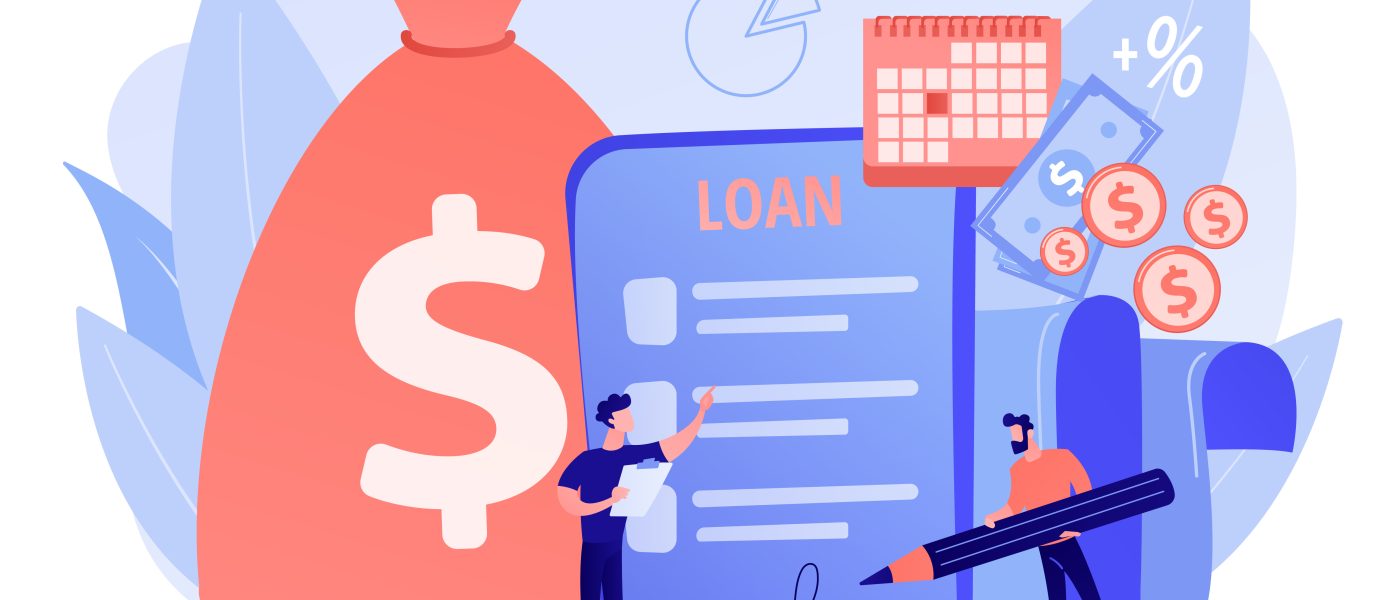Essentials to Know about Bad Credit Loans
As you search for financing options with bad credit, you may come across bad credit loans as a viable solution to meet your needs. Before pursuing this path, it is essential to understand what bad credit loans are, how they work, and the potential risks involved. Bad credit loans are designed for those with poor credit who are unable to qualify for traditional loans.
They provide access to funds when other doors are closed, but often come with higher interest rates and fees to offset the lender’s risk. While bad credit loans from brokers like WeLoans can be useful in an emergency or to pay off high-interest debts, you must go in with your eyes open to the potential downsides. By educating yourself on the basics and alternatives to bad credit loans, you can make the best choice for your unique financial situation. With some discipline and the right strategy, you may be able to improve your credit over time and gain access to more attractive options.
Table of Contents
What Are Loans for Bad Credit?

Loans for bad credit, also known as subprime loans, are designed for those with poor credit scores who struggle to qualify for traditional loans. If your credit score is below 630, a bad credit loan may be your only option to access funds in an emergency or finance major purchases.
While bad credit loans from WeLoans provide access to funds when you have no other options, the high-interest rates mean borrowing costs will be expensive. Defaulting on the loan can further damage your credit. Consider alternatives like reducing expenses, selling unused items, or borrowing money from friends/family before pursuing a bad credit loan.
Why Get a Loan if You Have Bad Credit?
If you have bad credit, obtaining a loan can be challenging. However, there are legitimate reasons why you may need to take out a bad credit loan with WeLoans:
To establish a good payment pattern, making regular on-time payments on a bad credit loan is one of the best ways to start rebuilding your credit and establishing a good payment pattern, which can help raise your credit score over time.
While bad credit loans often come with higher interest rates and more fees compared to loans for those with good credit, they can be useful tools for those with bad credit if used responsibly. Be sure to compare offers from multiple lenders, look for low fees and rates, and only borrow what you can afford to pay back on schedule. With time and dedication, you can rebuild your credit and qualify for more affordable financing options.
Alternatives to Bad Credit Loans
Borrow money from friends or family
If you have close ones willing to lend you money, this can be an option to avoid bad credit loans. Make sure you draw up an official loan document outlining the terms of repayment to avoid future disputes. However, borrowing from friends and family can damage relationships if you are unable to repay the money.
With a secured loan, you provide collateral, such as your home or vehicle, to secure the loan. Secured loans typically have lower interest rates than bad credit loans because the lender faces less risk. However, if you default on the loan, the lender can seize your collateral. Only borrow what you can afford to pay back to avoid losing important assets.
Work on improving your credit by paying bills on time, limiting new applications, and lowering your credit utilization ratio. Once your score has increased, you may qualify for loans and credit cards with better terms. You can also ask current creditors to increase your credit limits, which can help your utilization ratio and credit score. With time and effort, you can rebuild your credit and access more affordable borrowing options.
If debt and poor credit management caused your bad credit, consider credit counseling. A credit counseling agency can help you create a realistic budget, set up debt management plans, and provide education on better financial habits. While credit counseling typically involves fees, it can be a worthwhile investment to break the cycle of bad credit and unaffordable loans.
In summary, several alternatives to high-interest bad credit loans may be available depending on your situation. Borrowing from friends or family, taking out a secured loan, improving your credit over time, and enrolling in credit counseling are all options worth exploring before resorting to expensive bad credit loans. With discipline and commitment to better financial practices, you can establish access to more affordable credit
Risks of Bad Credit Loans to Consider
Eric Bank author at WeLoans, a financial writer said that when seeking a bad credit loan, it is important to understand the potential downsides and risks involved.
Since bad credit loans are designed for those with poor credit, interest rates are typically much higher than conventional loans. Annual percentage rates (APRs) can range from 10% up to 36% or more. The higher the interest rate, the more you’ll pay over the life of the loan. Make sure you can afford the monthly payments before accepting a high-interest loan.
In addition to high interest charges, bad credit lenders often charge various fees like origination fees, late payment fees, and prepayment penalties. These additional charges increase the overall cost of the loan and can trap borrowers in a cycle of debt if not properly accounted for in your budget.
While bad credit loans can be used to rebuild your credit if repaid on time, missed or late payments can further hurt your credit score. Defaulting on a loan can have major consequences like wage garnishment, lawsuits, and long-lasting damage to your credit. Only borrow what you can afford to pay back to avoid these scenarios.
Those with bad credit typically have limited options for loans and credit. You may feel forced to accept less-than-ideal loan terms out of necessity. Be very careful and explore all options before signing a bad credit loan to make sure you get the best offer possible for your situation. If possible, work to improve your credit first before borrowing to open up better opportunities.
In summary, bad credit loans can be risky if you’re not fully aware of and prepared for the potential downsides like high costs, further credit damage, and limited choices. Make sure to go in with realistic expectations, borrow responsibly, and have a repayment plan in place to avoid unwanted consequences. With diligent effort, bad credit loans can be used constructively to rebuild credit over time.
Conclusion
After reading this article, you now have a solid understanding of bad credit loans and whether they are right for your situation. While these loans can provide a lifeline when needed, you must go in with realistic expectations about interest rates and repayment terms. There are alternatives to explore first, like secured cards or credit-builder loans.
However, if bad credit loans are your only option, make sure to compare multiple offers and choose a reputable lender. With time and responsible borrowing, you can rebuild your credit and open the door to more affordable financing down the road. The key is not to get trapped in a cycle of debt – have a plan to pay the loan off as quickly as possible. You have the power to turn your financial situation around.









